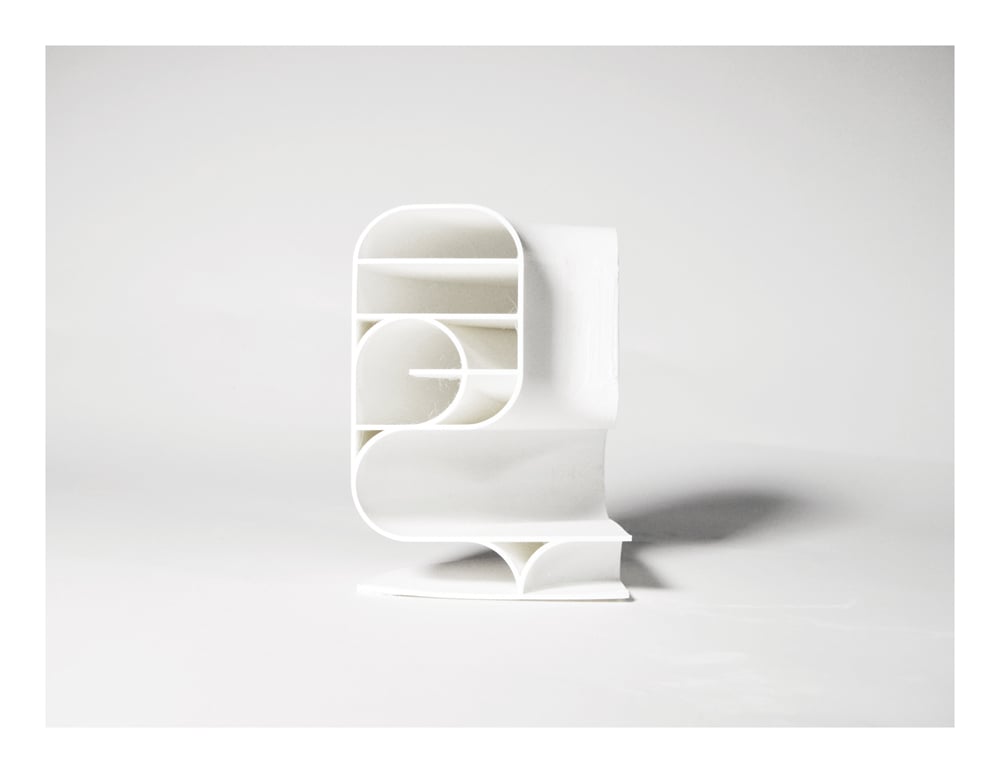
April 16, 2021
Future100: Architecture Students Explore New Frontiers in Visualization
From board games to comic books, four students eschew realism for more emotive modes of architectural visualization.

It’s a rite of passage for architecture students to get lost in the digital universe of Rhino or V-Ray, spending countless nights creating photo-realistic renderings. But architectural representation is less about creating a polished image or model, and more about generating new ideas, fleshing out loose concepts, and exploring critical ways of communicating. That’s why these student works stand out. Their presentations tend to eschew “realism” for more emotive modes of visualization, taking forms that range from collage to comic books to board games. Clearly, they’re thinking outside of the nine-square grid.

Visit metropolismag.com/future100 to see more groundbreaking student work.
AIRENE DIZON
Cal Poly Pomona
Undergraduate Architecture
NOMINATOR: Sarah Lorenzen, Professor
When it comes to representation, Dizon’s portfolio showcases a range of styles, including colorful collage perspectives that illustrate the experience of a college campus and diagrammatic vignettes highlighting the social interactions that can occur in each program.
TIAN LIU
Rice University
Graduate Architecture
NOMINATOR: Carlos Jiménez, Professor
Liu’s drawings, collages, and renderings of museums and housing all contain a careful attention to the effects of light, shadow, and atmosphere. Through rigorous daylighting studies, the young designer speculates on the experience of each project according to the time of day and the season.
BRAYTON GREGORY
Harvard University
Graduate Architecture
NOMINATOR: Toshiko Mori, Robert P. Hubbard Professor in the Practice of Architecture
Physical model-making is one skill reflected in Gregory’s portfolio, whether it be a section model of an addition to a parking garage or a geometric study that evaluates the spatial possibilities of a hyperbolic parabola.
YAXUAN LIU
Harvard University
Graduate Architecture
NOMINATOR: Toshiko Mori, Robert P. Hubbard Professor in the Practice of Architecture
In addition to displaying a proficiency in both physical model-making and digital rendering skills, Yaxuan Liu’s portfolio makes use of graphic design, comic strips, and board game design to represent work of domestic and urban scale.
You may also enjoy “Future100: Soundscapes Combat the ‘Tyranny of the Visual’”
Would you like to comment on this article? Send your thoughts to: [email protected]
Register here for Metropolis’s Think Tank Thursdays and hear what leading firms across North America are thinking and working on today.









